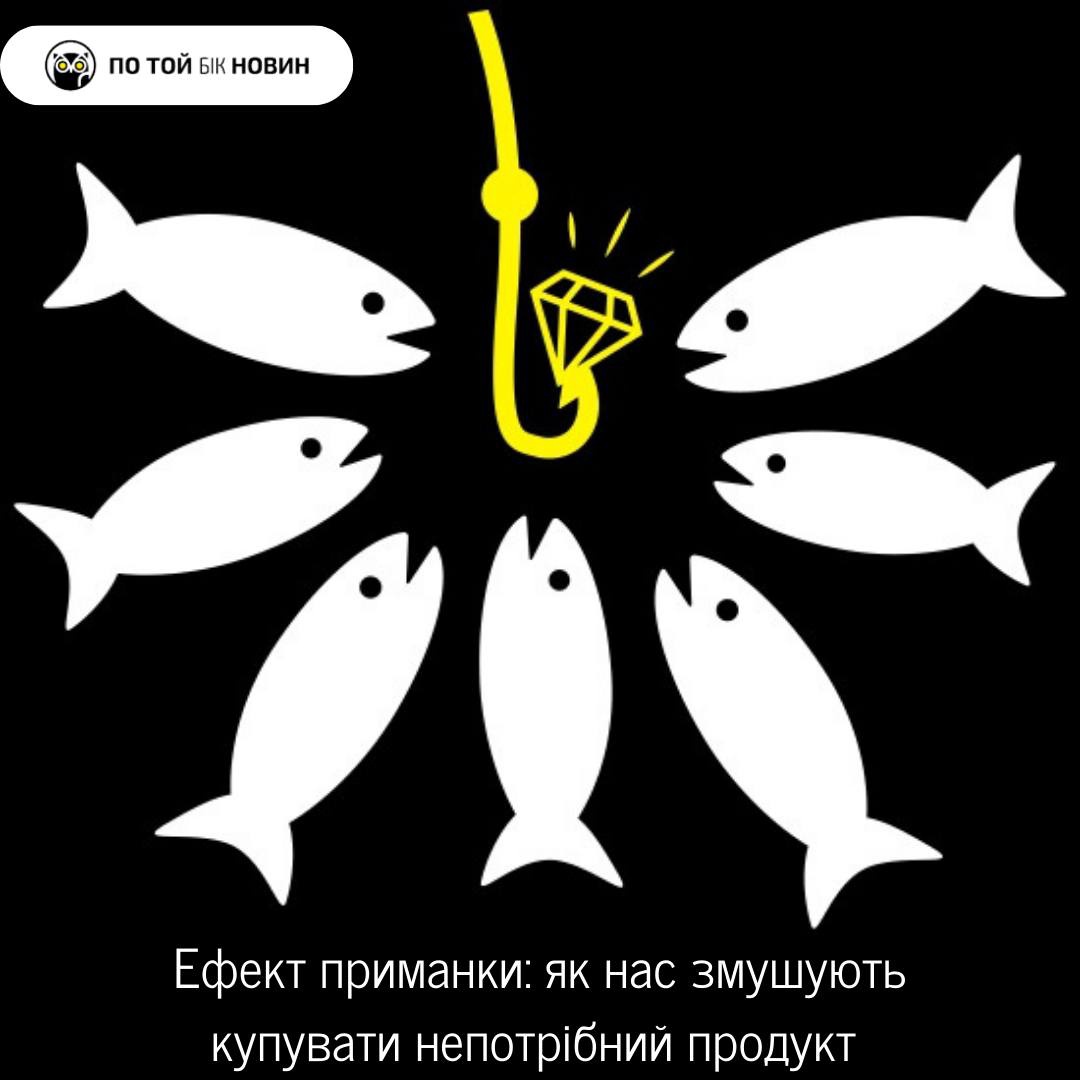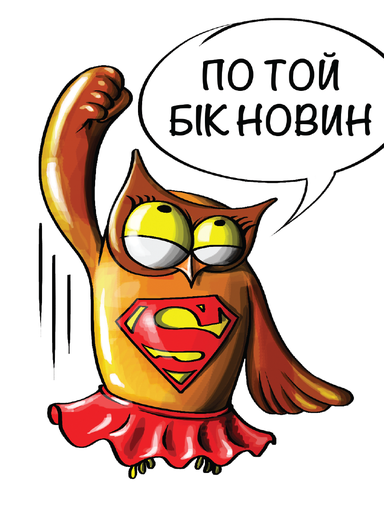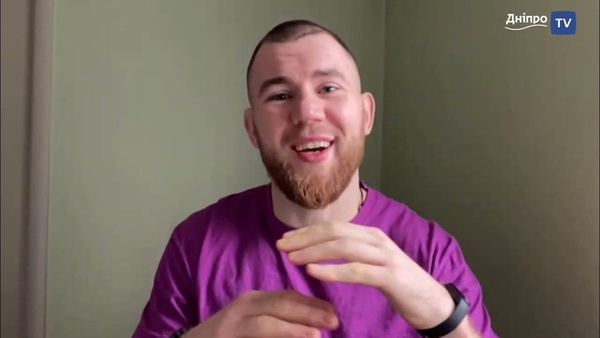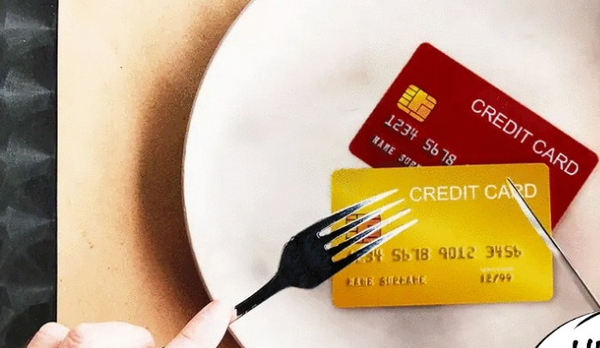The bait and switch effect: why you buy what you don't need and how to counteract it

So, has everyone already spent their money during Black Friday? It’s time to explore an interesting manipulative technique - the bait and switch effect.
UPD: Given the inappropriateness of such a name for a promotion at this time, this year we didn’t hear this expression as often as before. However, there were still sales, just under different slogans.

In the 2000s, The Economist weekly offered its readers a subscription.
They asked for $59 for the online version,
And, for the print and online versions - $125.
Of course, the print version was accompanied by an electronic version to encourage readers to access the online version.
A choice study was conducted on students at a university. Of the two options, 68% of students chose to subscribe to the electronic version, and 32% chose to subscribe to both the print and electronic versions. In total, this would bring in $8,012 in revenue.
And now, consider this. If we add one more item to this list, we have a completely opposite situation.
So, if you choose between subscribing to:
The online version of the publication for $59;
The print and online versions for $125;
And the print version only - for $125,
no one would choose the third option, of course. However, its presence alone increased revenue from $8,012 to $11,444.
Why? The number of customers who chose an electronic and print subscription (a more expensive product) increased from 32% to 84%.
There’s a similar story regarding the sale of tables. Once upon a time, one of the shops that sold them used to arrange the goods from the cheapest to the most expensive. Customers would come in, see a table that suited their needs, and buy it. Almost no one went to the back of the shop.
However, when the shop owner changed the arrangement of the tables from the most expensive at the entrance to the cheapest at the end of the shop, the situation changed: even when customers saw the cheapest table, they still focused their choice on another table with an average price.
The same bait-and-switch effect works even in dating apps like Tinder or Buddy: whether you swipe right or left depends on how many attractive or unattractive users were before you.
The bait-and-switch effect is utilized everywhere. Buy one item for this price, or two for a slightly higher price (but it’s less than buying two items separately). Or “buy two items and get the third one for free”. Actually, you only wanted to buy one item, and it doesn’t really matter that you don’t need the third one.
Yes, people like to compare and choose, and marketers are successfully using this feature. During Black Friday (in fact, not only on this day), you see products with different characteristics and prices, which are thought out to the last detail in order to make you buy a specific product.
To sum up: the bait-and-switch effect is when you’re simply given one more option to choose from, one more option to compare with. It’s just that this option is very unattractive and added only for contrast. It’s in this “unobtrusive” way that we are “helped” to buy a product, even if we don’t need it.
How to counteract this effect?
Buy what you came for and nothing else.
Focus on how many samples of the product you need.
Focus on the price per unit and don’t buy unnecessary items or products just because they’re “discounted” or come with something you really need.
If you want to know more about whether we really make our own decisions, watch this TED talk by Dan Ariely, a professor of psychology and behavioral economics ![]()






